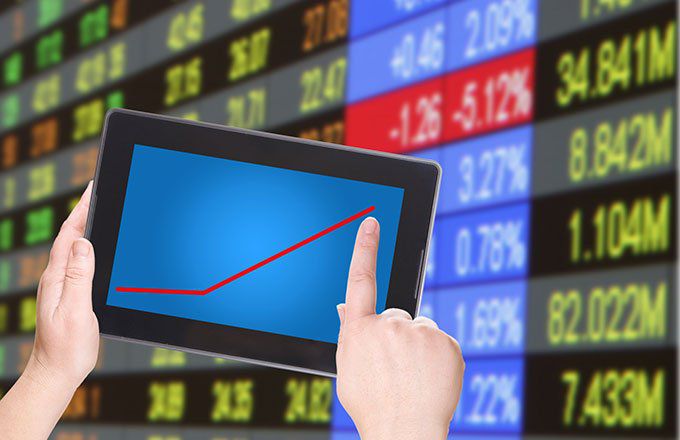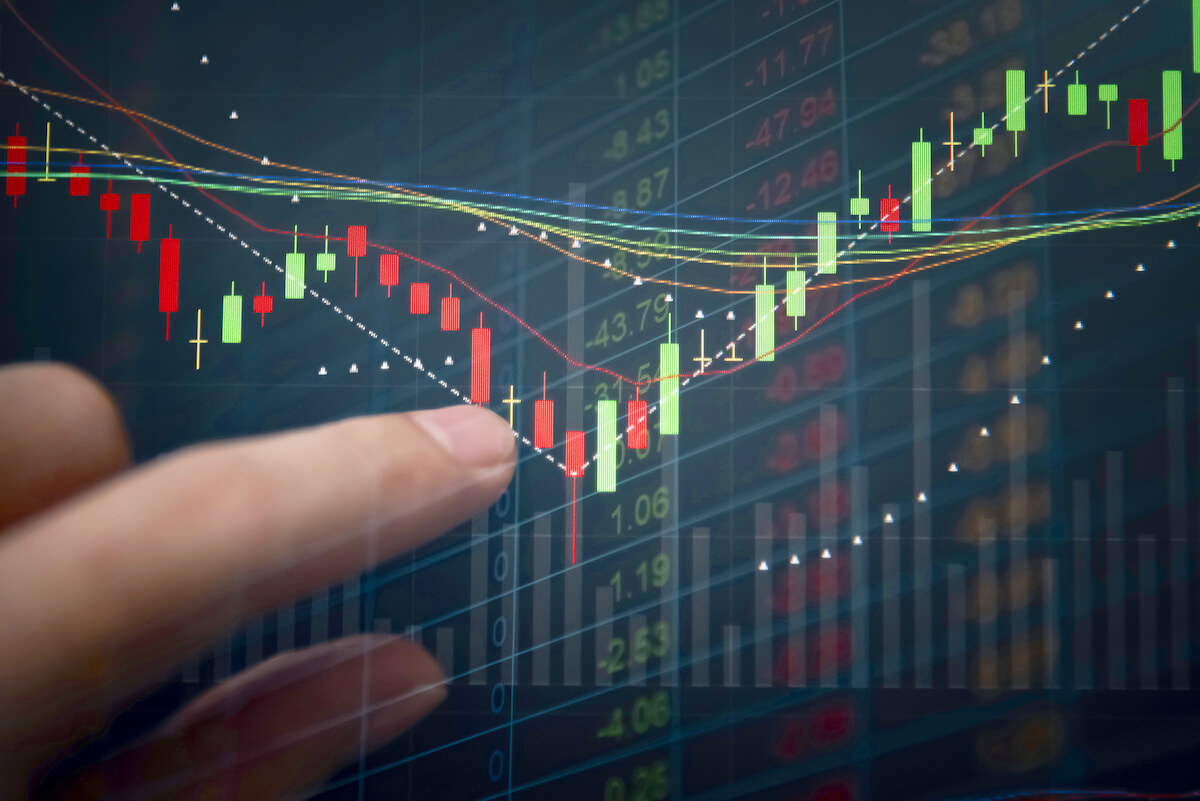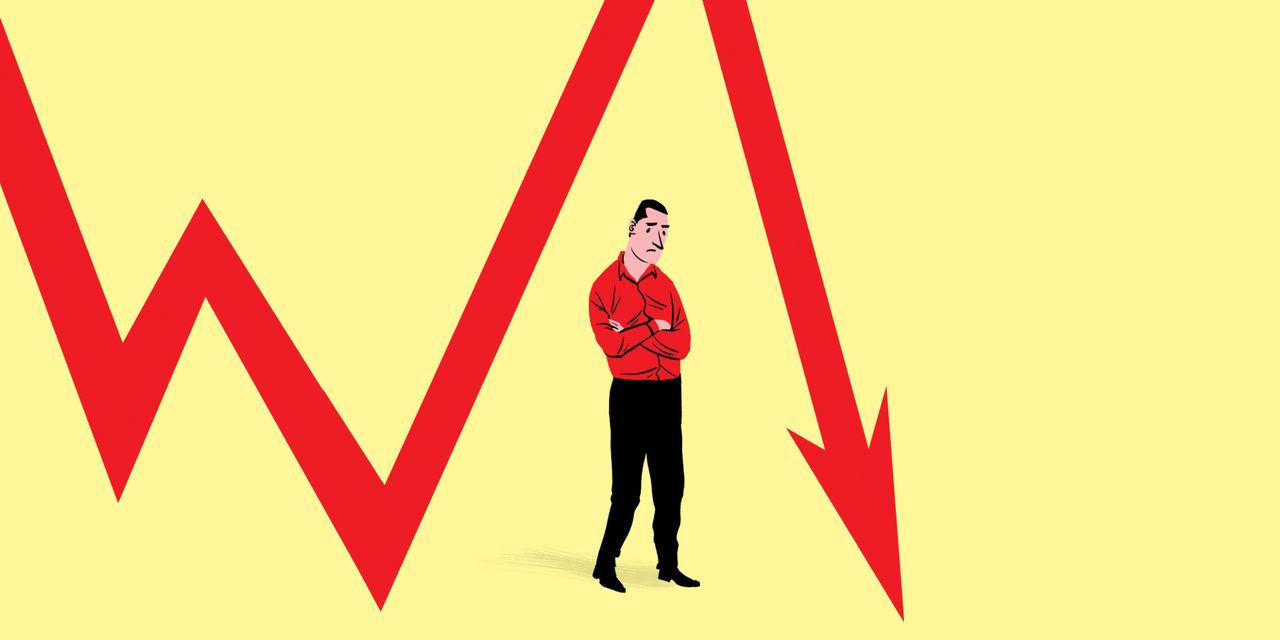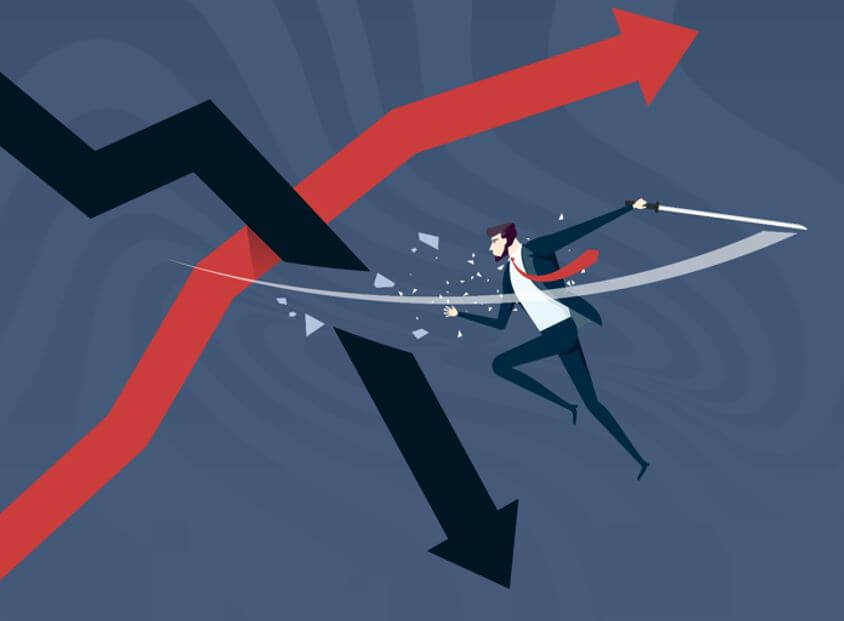
Nearly all trading in today's market is "electronic trading." Activate the computer. Log into the account for your broker. View your desired purchases or sales. When you click your mouse, a trade opens. It seems simple, yes?
The financial markets have undergone a transformation thanks to electronic trading. It has given traders new avenues to reach the markets that were previously not possible.
But we frequently assume that electronic trading is just a given. Although electronic trading is relatively new, financial markets have been around for centuries. So let's pause for a moment and talk about what "electronic trading" actually entails, its advantages and disadvantages, and how to benefit from it.
What Is Electronic Trading?
Electronic trading consists of two components:
- Retail traders (or individual investors) access market data online and place trades directly on a platform using computer technology.
- To fill orders, brokers and exchanges electronically link.
Explore each component in turn.
Part 1: Individual Investors and Electronic Trading
Prior to the personal computer revolution in the 1990s, individual traders would speak with brokers over the phone. For instance, I called my broker to order 100 shares of Manchester United, the English football team, in the 1990s when I purchased shares in a UK firm on the London Stock Exchange. On the other end of the queue, my broker gave me the pricing and requested that I confirm the transaction orally. Then he said that he had completed my trade. Although it was a laborious procedure, it just took a minute or so.
The only markets I was familiar with as a child in the UK were those for UK stocks traded on the London Stock Exchange. That is everything I purchased and sold. I purchased The Sunday Times, a newspaper with a business section, and Investor's Chronicle, a weekly investor's magazine, when I wanted to research companies. I looked for firms and purchased shares in those I believed would succeed.
The way most individuals traded before the advent of electronic trading—purchasing newspapers or magazines for research purposes and calling brokers to make orders—is typical of my tale of trading in the 1990s in England. When electronic trading began, I came across Warden Brothers, an online trading platform featuring charts of US equities. I was able to access a far wider choice of US equities for examination thanks to this electronic charting tool, which also assisted me in honing my technical analysis abilities. I have access to purchase US stocks and options thanks to new online brokers. In the early 2000s, I was then introduced to forex through electronic trading.
My trading experience exemplifies what electronic trading has accomplished for the general public: it has given traders access to new markets, information, tools, and trading strategies. However, it has essentially levelled the playing field because everyone now has access to the same markets, low prices, and information. For instance, before 2000, most banks and brokers demanded that customers have an account size of at least $500,000 in order to trade foreign exchange. For as little as a few hundred dollars, practically anyone can now start a Forex account.
Diagrams and Technical Analysis
Technical analysis predates electronic trading by a significant amount. "Technical Analysis of Stock Trends" by Edwards & Magee, one of the first books on the topic to be published in the west, was first released in 1948. In the 1930s, Ralph Nelson Elliott developed the Elliott wave theory. Further back, it is believed that Japanese rice trader Munehisa Homma created candlestick charts in the 18th century.
Long before electronic trading, people were analysing charts using technical analysis. They either purchased printed historical chart books or manually created charts utilising historical data. This is significant because it demonstrates that raw skill sets are just as crucial as technology availability. Nicolas Darvas, who made $2,000,000 in the stock market in the 1950s, was my favourite example of a trader who made money using only instinct and no technology. His broker would send a telegraph, which was similar to a text message before computers and cell phones, just containing the closing values of stocks; he had no access to charts or news. He made millions of dollars by selecting which stocks to buy and sell based only on that knowledge.
Trading electronically allowed for access to:
- several brand-new markets. For instance, foreign stocks, forex, and now cryptocurrency
- current information. Real-time price movement is visible to traders, enabling intraday trading.
- numerous time periods. I can quickly zoom in on an intraday chart while searching for support and resistance on weekly charts.
- the simplicity with which settings and indicators can be added. Some indications can be calculated manually, but if you add more and want to change settings, it will become increasingly difficult.
- trading that is automated using systems and signal suppliers. Retail traders now have access to automated trading platforms and signal providers who execute transactions on their behalf, typically for a charge. This implies that anyone can copy the strategies of a successful individual. There are hazards involved with this, namely the possibility that the individual will quit being successful. And by relying on a signal provider, I will avoid learning how to trade and instead engage in blind trading. But if I choose a person with a strong track record and test with a modest account first, it might be a way to make money. Additionally, I can spread my risk by following multiple signal suppliers or systems.
Examples & Benefits of Electronic Trading
There are many excellent instances of how electronic trading benefits traders. We'll examine a few now.
Brokers provide numerous markets on a single account.
Brokers may now provide clients with low-cost access to hundreds of products in dozens of markets through electronic trading. I may trade US equities, UK stocks, cryptocurrencies, forex pairings, commodities like gold or oil, or even all of them from one account, thanks to several brokers!
Trading Options Is Simpler
Options Contracts can be intricate financial instruments; for example, an option may be a call or a put, with varying "strike prices" and expiration periods, giving the holder the right to buy or sell the underlying security. I can purchase an option contract long or short, and I can mix several options contracts to get different results. Without electronic systems that show that information on a screen, I would not have been able to manage the intricacy of trading options on US stocks. It would never work if someone were to call and read out all the numbers.
Forex ECN Brokers
Through electronic communication networks (ECNs), retail traders have direct access to foreign exchange liquidity providers. The order is delivered by the broker to the ECN, which executes it. In exchange for access to the underlying ECN market, the trader pays a commission to the broker. The client does not have to be concerned that the broker is manipulating the charts to their advantage and the client's detriment because they are receiving "raw" prices and spreads from liquidity providers through the ECN. This method of trading forex is the most open.
Electronic Trading Risks
1. Technology and Internet Connection
A reliable internet connection and computer gear are required for electronic trading. More people now have access to quicker internet connections as well as more potent and affordable computer hardware throughout time. However, any issues with your connections or equipment could disconnect you from your trading account. Be cautious if unstable technology has previously been a problem for you because some brokers do not provide telephone service.
2. Quality of Online Brokers
Not all brokers have a good reputation or treat their customers fairly. Brokers, particularly in unregulated over-the-counter marketplaces without a central exchange like Forex, can fix prices and provide you with subpar fills if they are set up as counterparties to take the opposing side of your deal. Additionally, some brokers operate in regions with weak regulatory control, endangering client deposits. Some brokers have disappeared with clients' money in other instances. Select a broker who is overseen by a reliable regulation. The United States, United Kingdom, European Union, Australia, and Canada have some of the best regulatory authorities. Any broker who is licenced in one of these areas is subject to stringent regulations, which include keeping clients' money separate from their own business operations.
3. Security of Crypto Brokers and Exchanges
Investors can only physically access digital assets because of their nature. Due to the fact that cryptocurrency is still relatively new and unregulated compared to futures and stocks, there have been problems with "electronic wallets" and exchanges that have failed or been hacked, causing customers to lose their money.
4. Access to Too Much Information
Although difficult to identify, this risk has the potential to seriously lower a trader's earnings. One benefit of beginning my trading career before electronic trading became commonplace was that I concentrated on a small number of markets, chart patterns, and timeframes. In my early years, I made six figures trading the GBP/USD currency pair and the FTSE 100 index, using just two periods. I become highly familiar with each market and trade setup because to my level of narrow focus.
Electronic Trading vs. Floor Trading
The transition of exchanges from floor trading to fully computerised exchanges is another key development towards electronic trading.
What is trading on the floor?
When an exchange has a physical space, referred to as a trading pit, floor traders fill deals and offer liquidity in this setting. "Open outcry" is a verbal and hand signal communication technique used by floor dealers. Floor trading is like a room full of people shouting and pointing in what appears to be organised pandemonium.
Exists floor trading today?
At any significant exchange, true floor trading using open outcry without computers no longer exists. The Chicago Mercantile Exchange was one of the final exchanges to shut down its trading pits in 2022.
What was the very first digital exchange?
In 1971, it was the NASDAQ.
Why is floor trading superior to electronic trading?
- Speed. The speed of computer execution is unbeatable by humans.
- efficiency and cost savings. Once computers became more effective, cheaper spreads and commissions for investors making trades were the outcome.
- a more direct route. The transition to automated electronic trading also made sense since it gave retail investors the ability to execute deals on their own, negating the need for brokers, dealers, and other professionals to do so.
.png?v=1)


